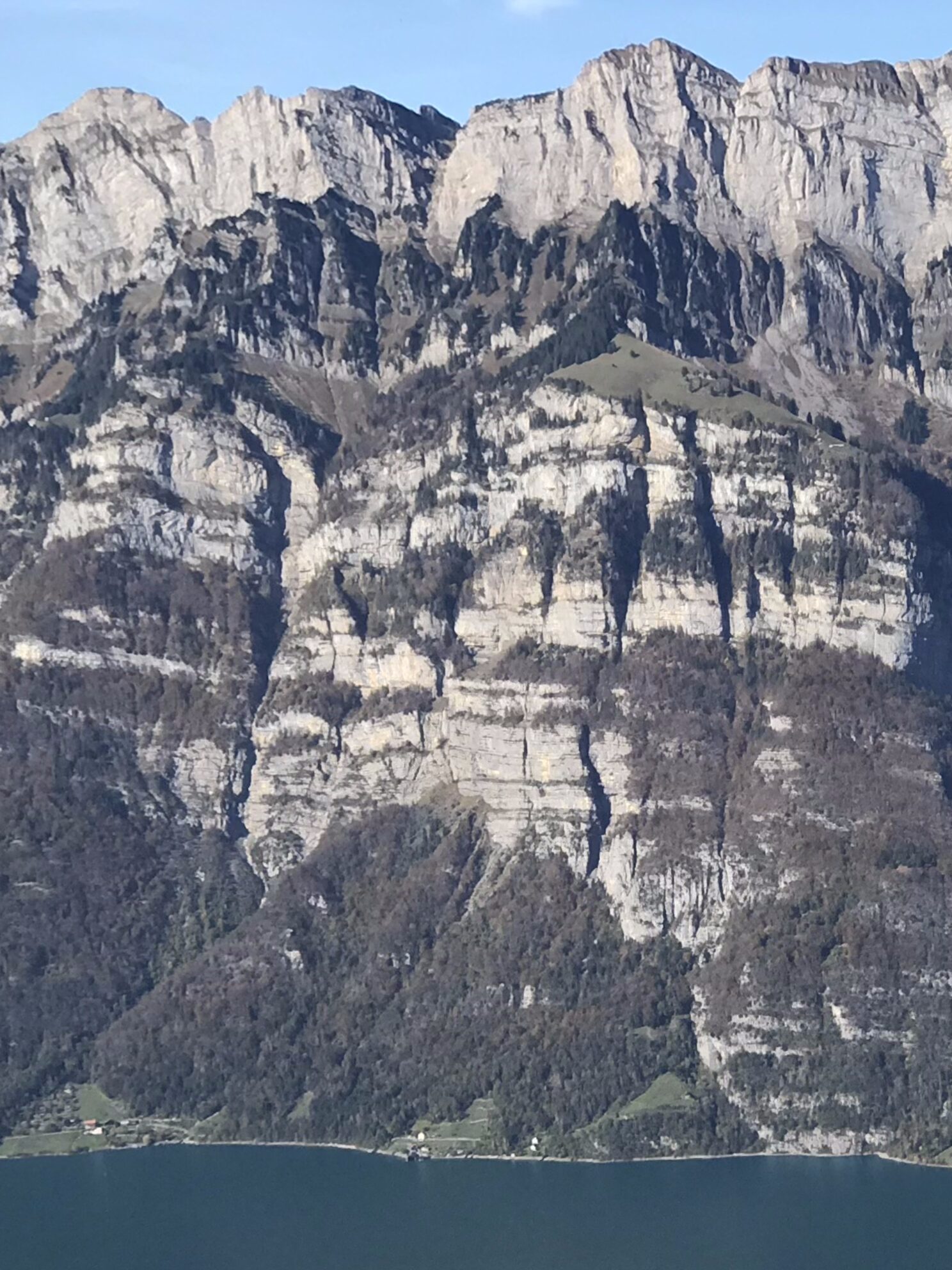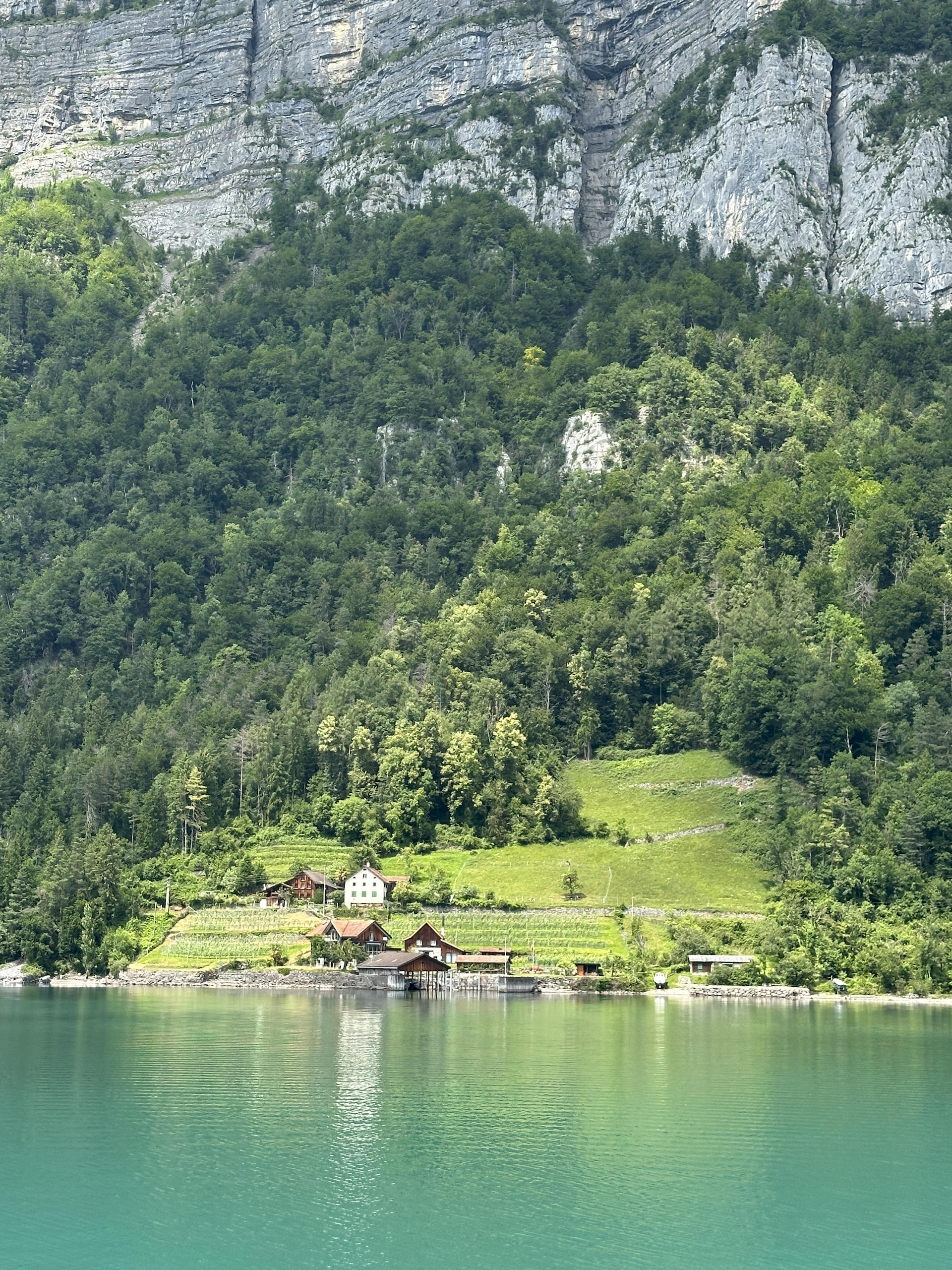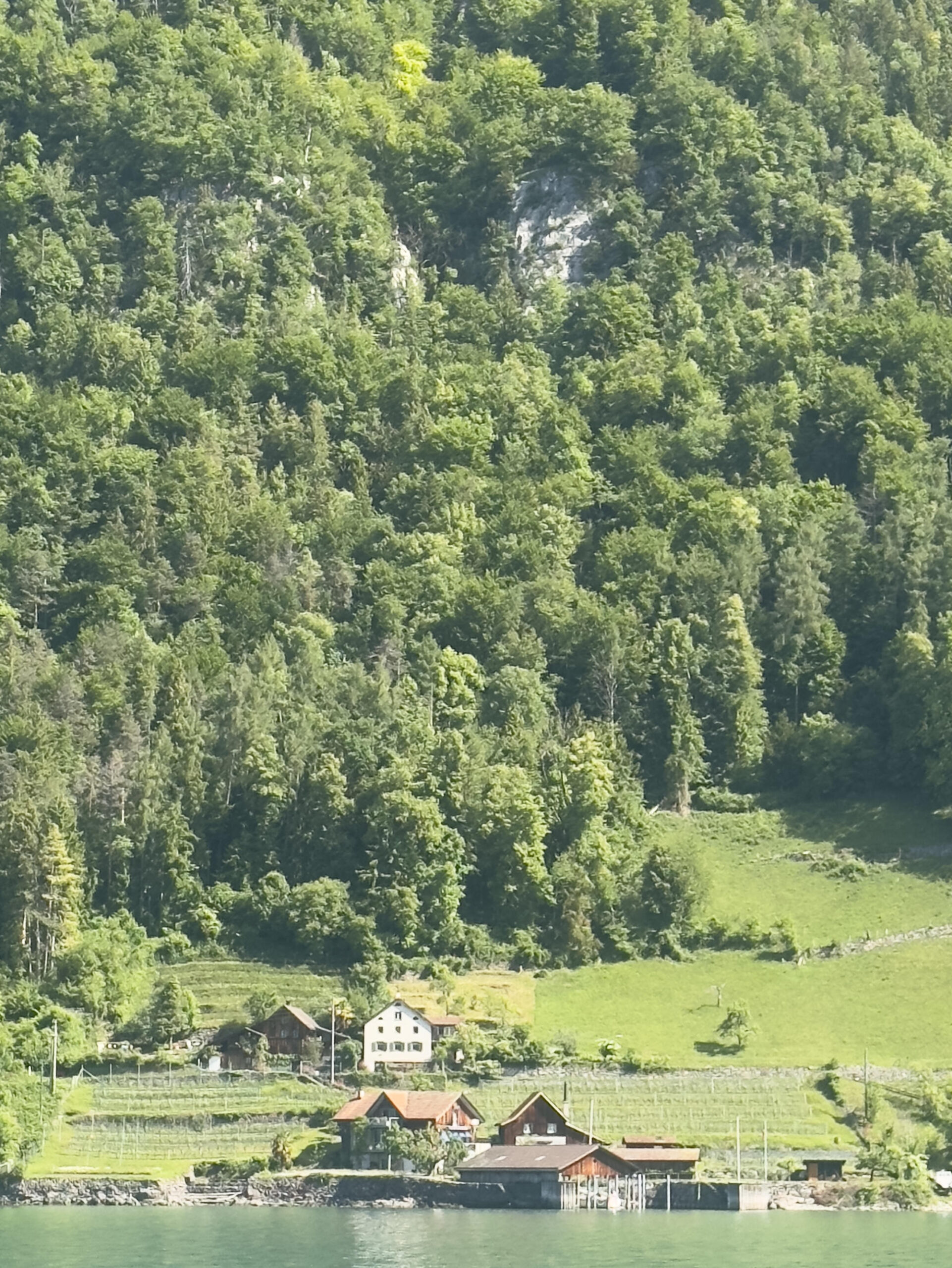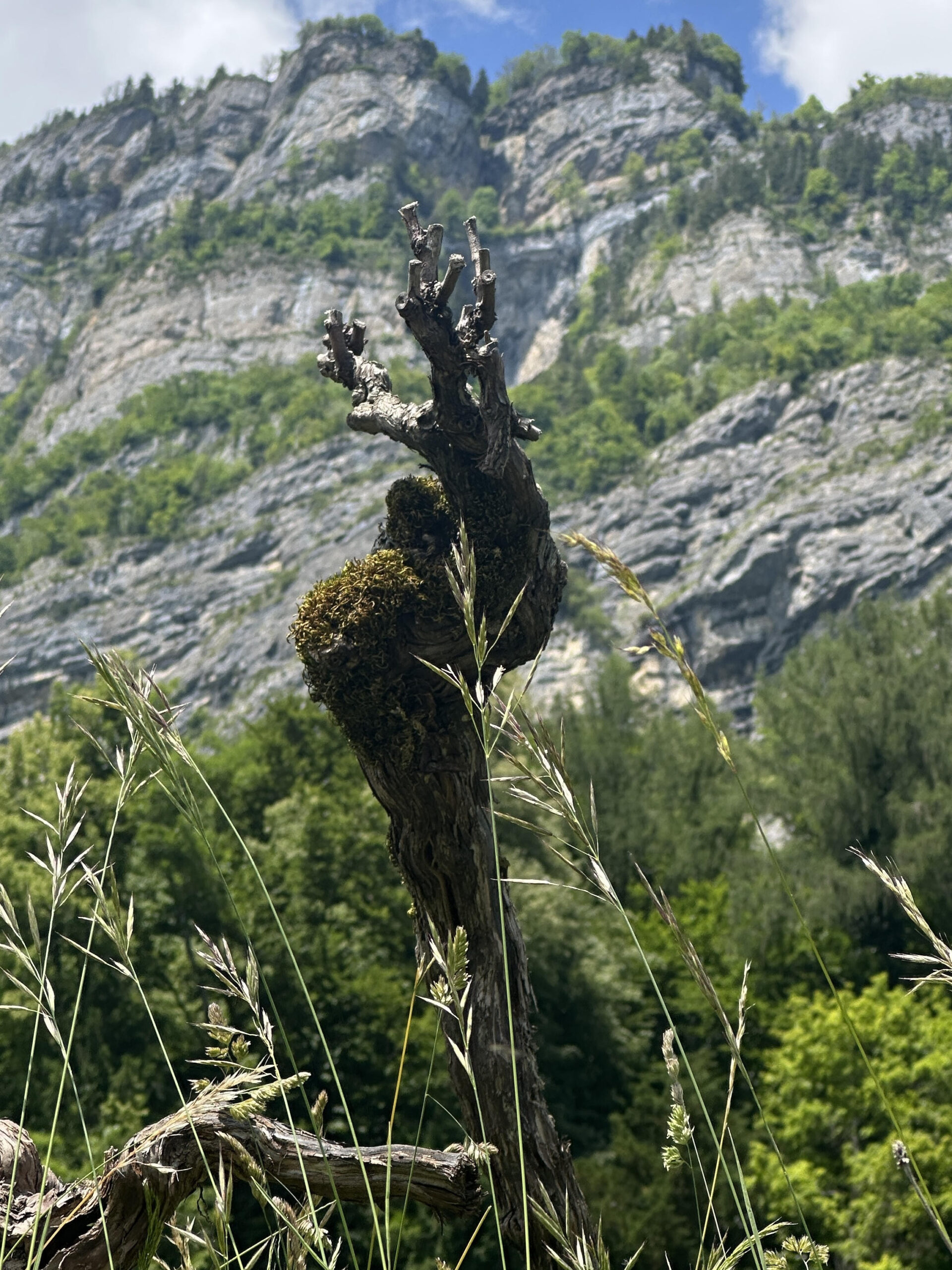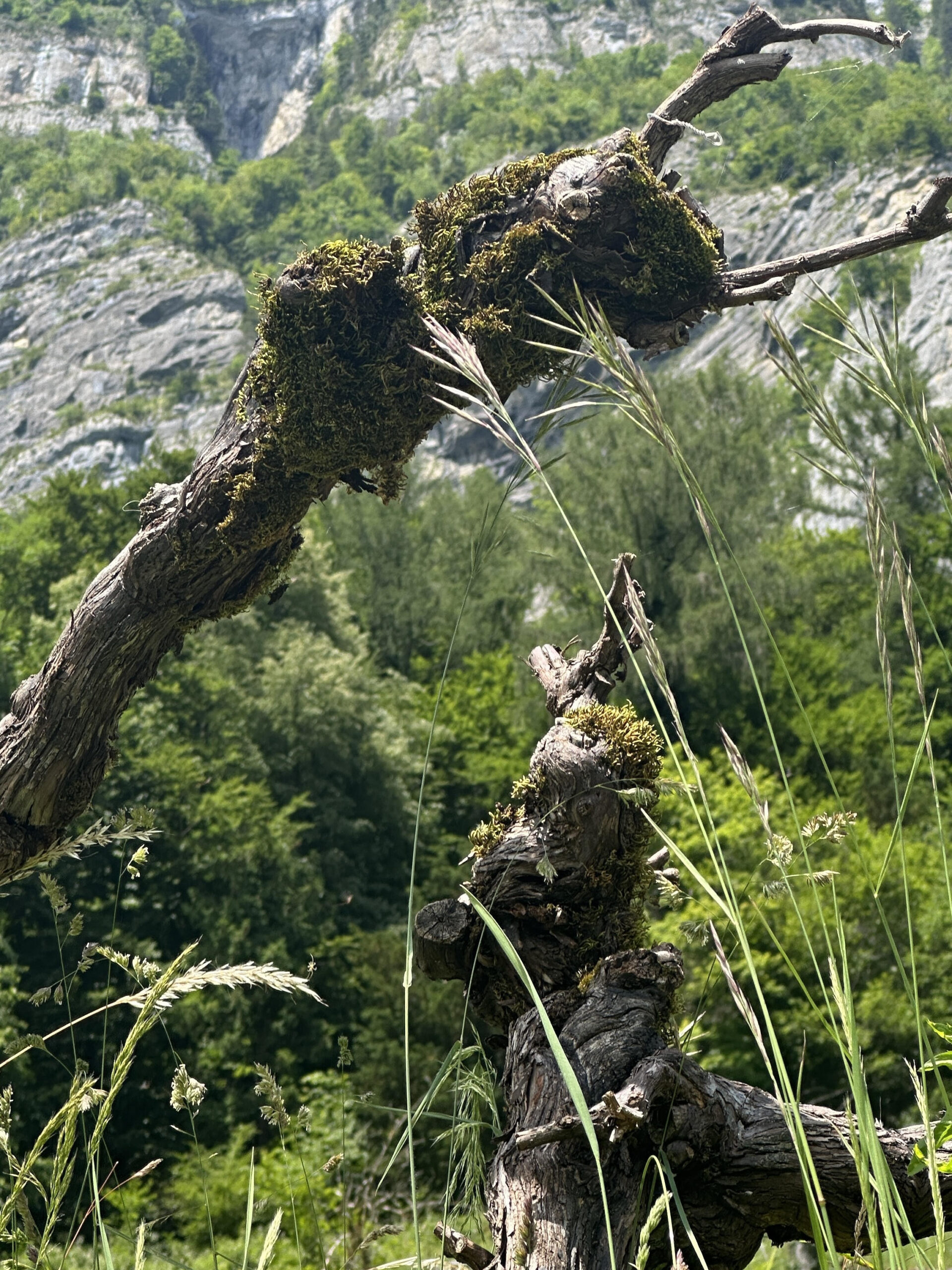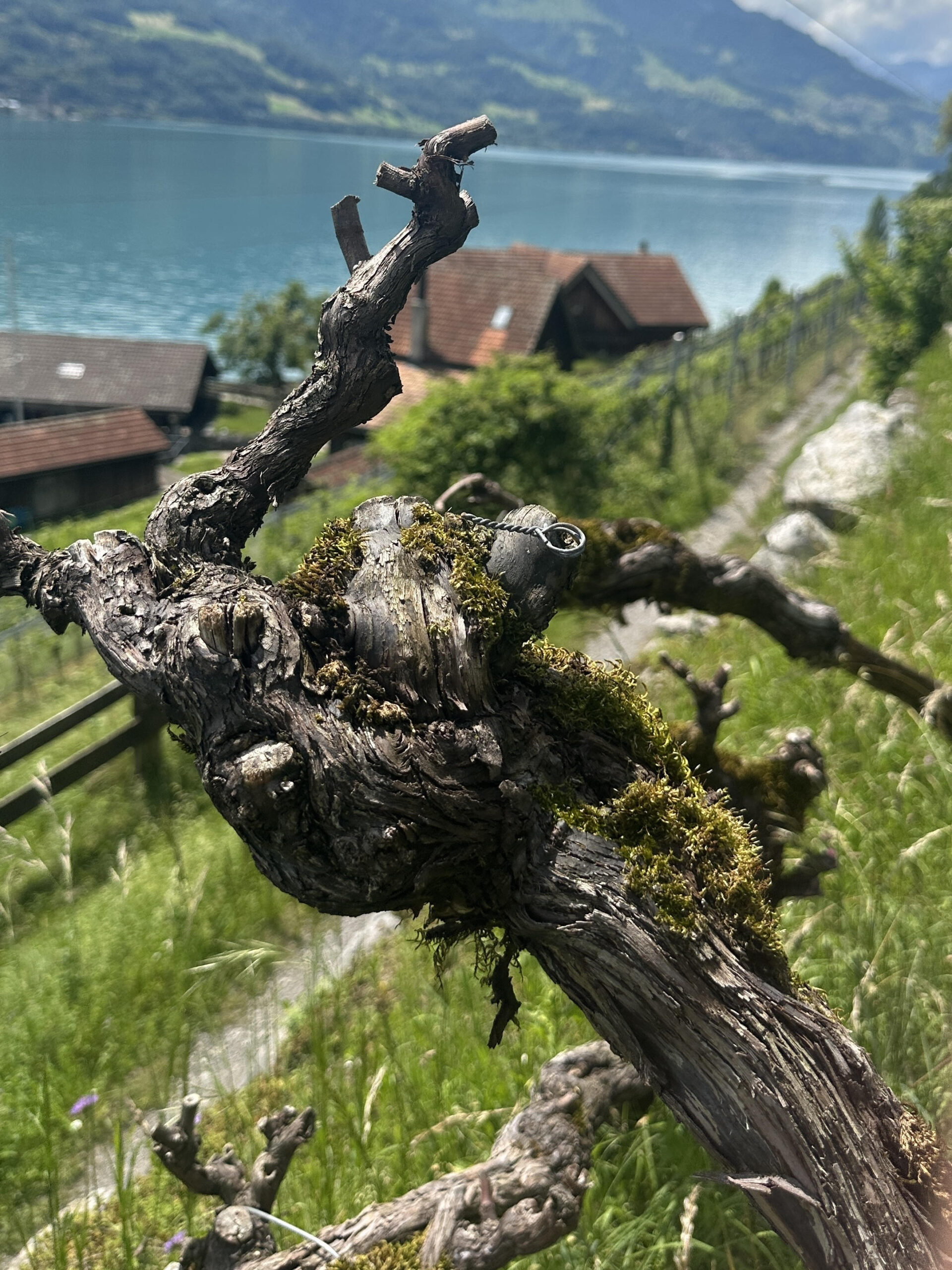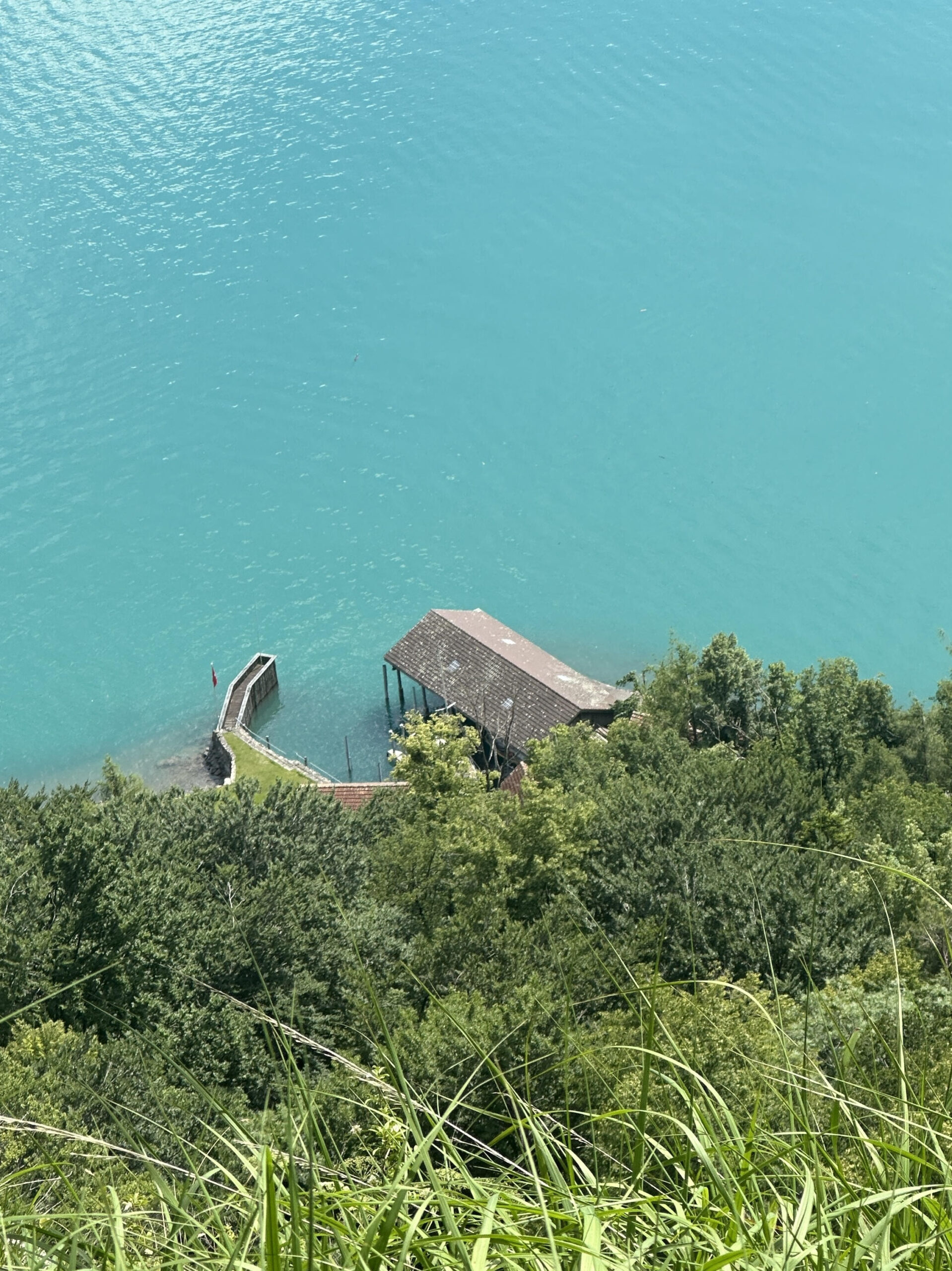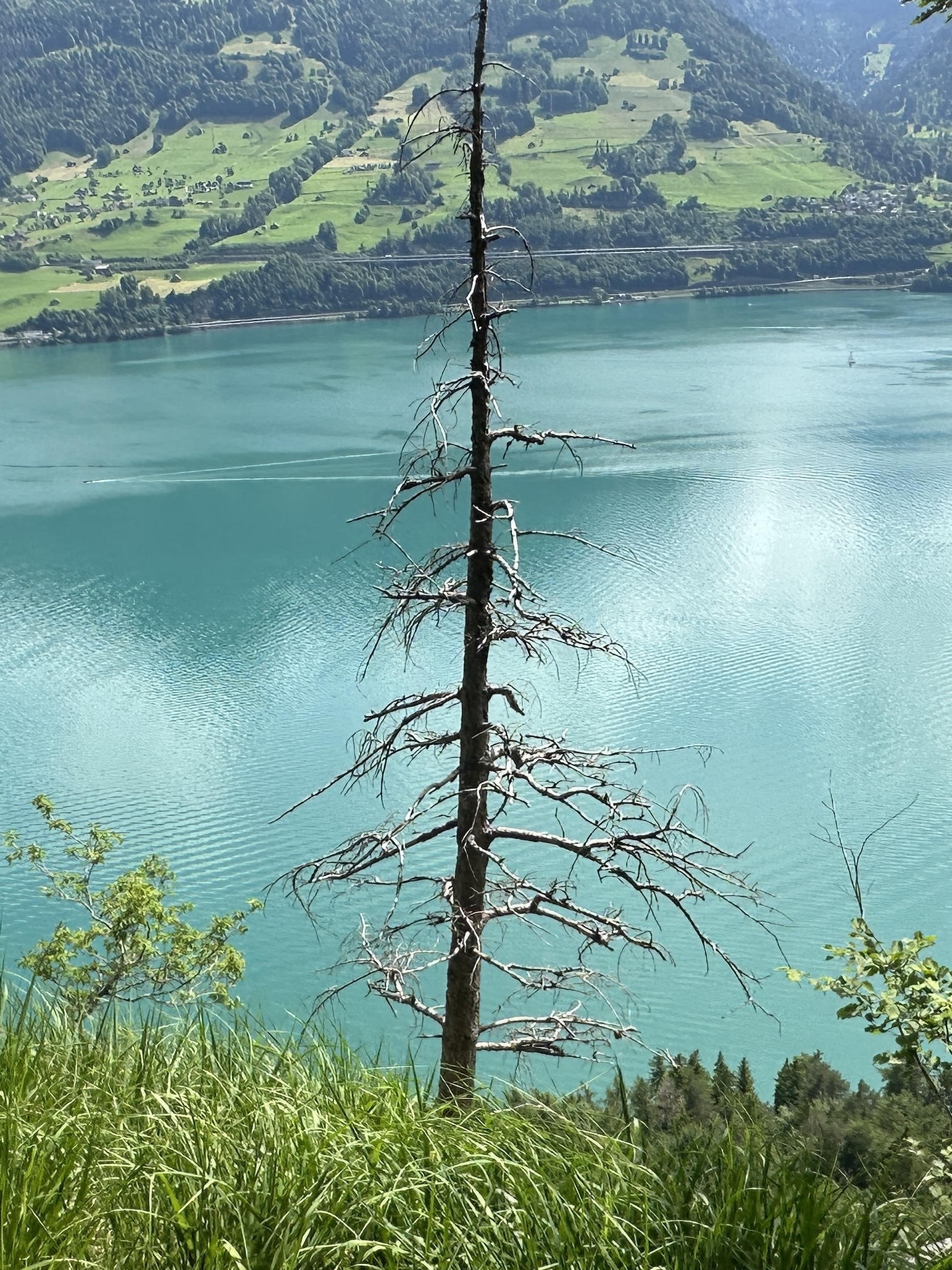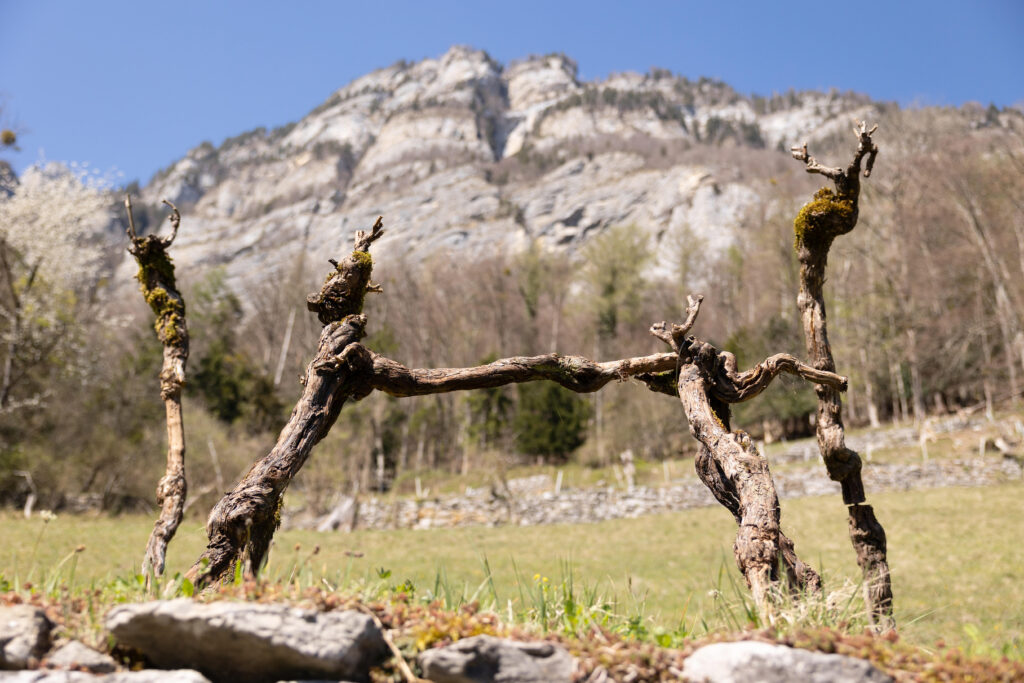
Die Teurenköpfe
Die Teurenköpfe hausen in den Felsen, weit oberhalb der paar Häuser. Sie sind herunter an den Weg gekommen. Sie suchen „Panti“, die Katze, die kürzlich im Schilt entlaufen ist.
The scrawny heads
The scrawny heads are living in the rocks, far above the few houses of the Schilt. They dropped down to the path, looking for Panti, the cat that recently escaped.
Foto: Lea Dörig, Flums
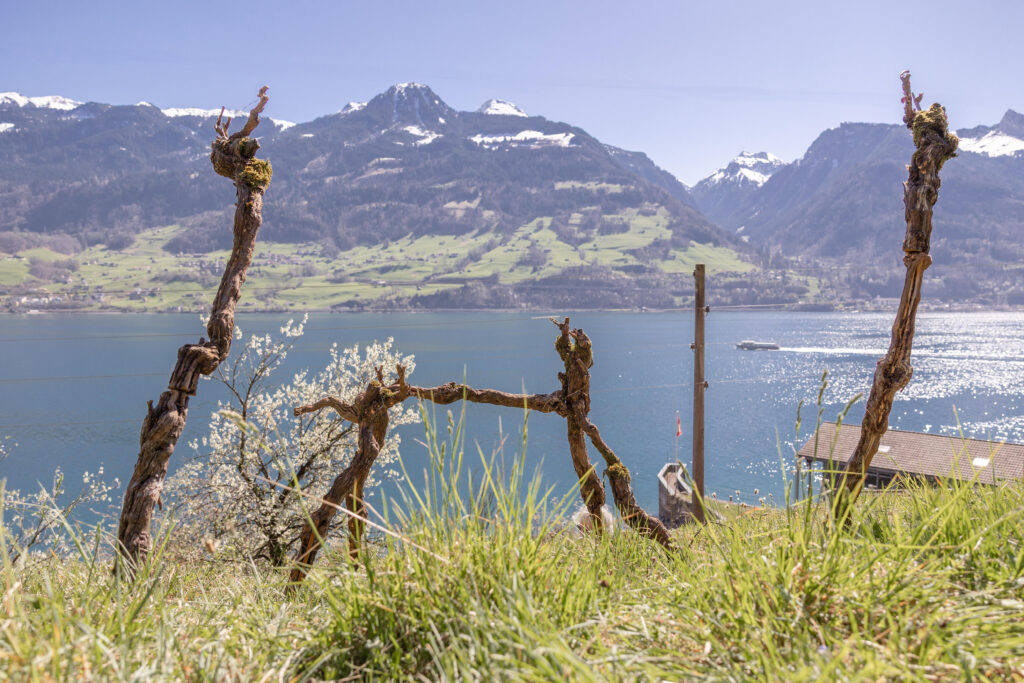
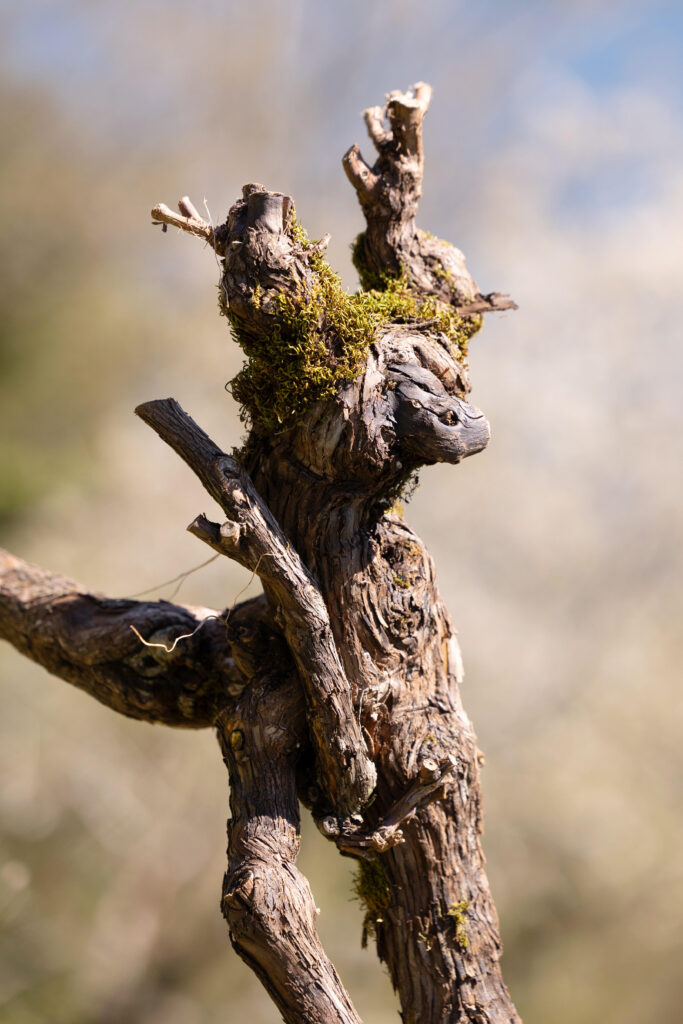
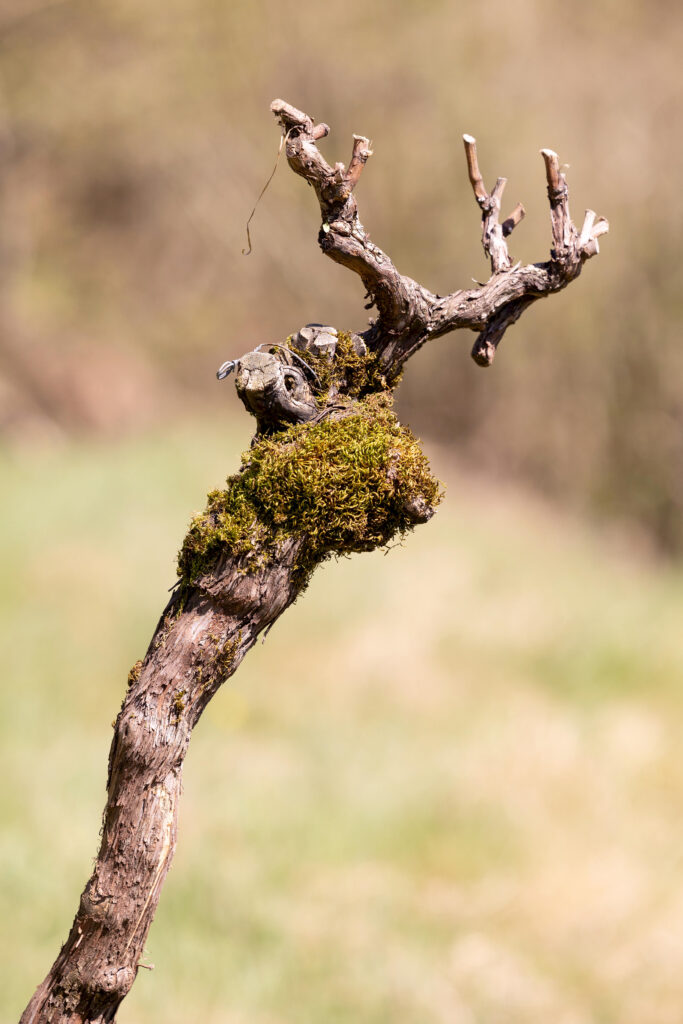
Stelen finden sich bei den alten Römern, Griechen und auch bei den Ägyptern. Man nutzte sie als Inschriftsträger, als Denkmal, als Grenzstein und als Grabmal. Der Grabstein ist nah mit unserem Typ verwandt, nur dass hier die Grabstele auch die Leiche ist. Als Grabbeigabe wird eine Flasche Wein empfohlen.
Stelae can be found among the ancient Romans, Greeks and Egyptians. They were used as inscriptions, monuments, boundary and grave markers. The tombstone is closely related to our type, except that here the tomb stele is also the corpse. A bottle of wine is recommended as a burial gift.
Fotos by Lea Dörig, Flums
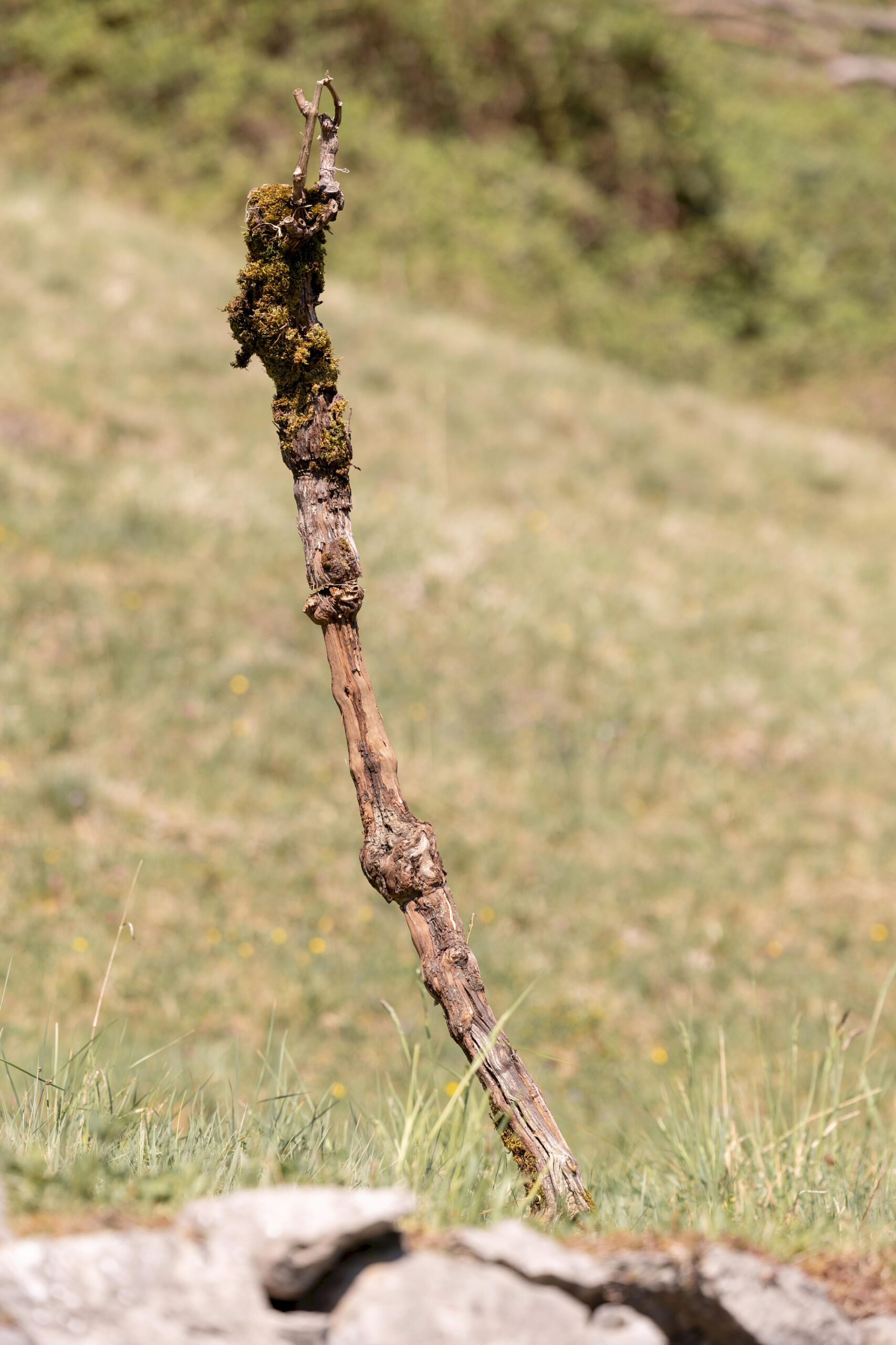
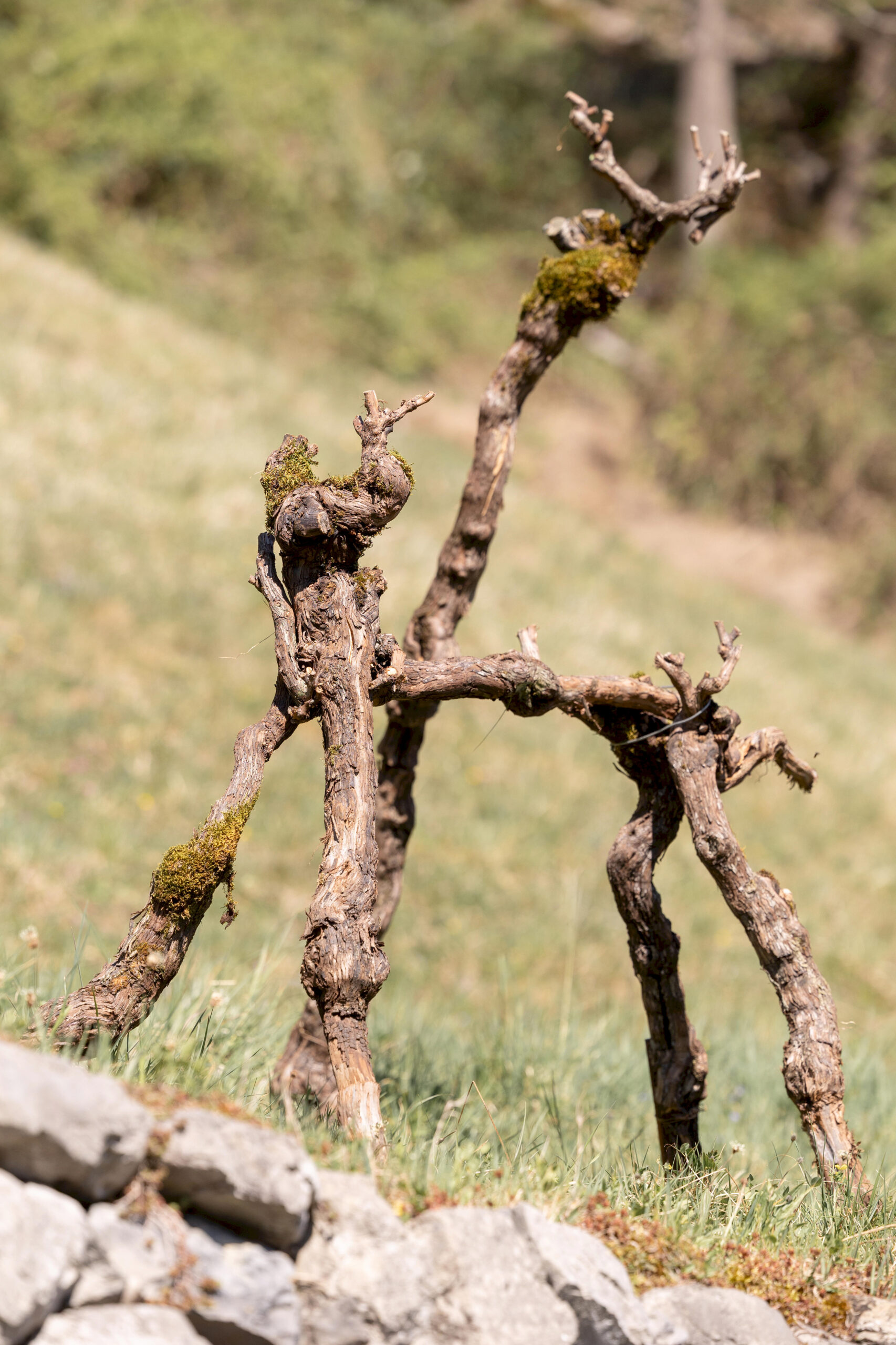
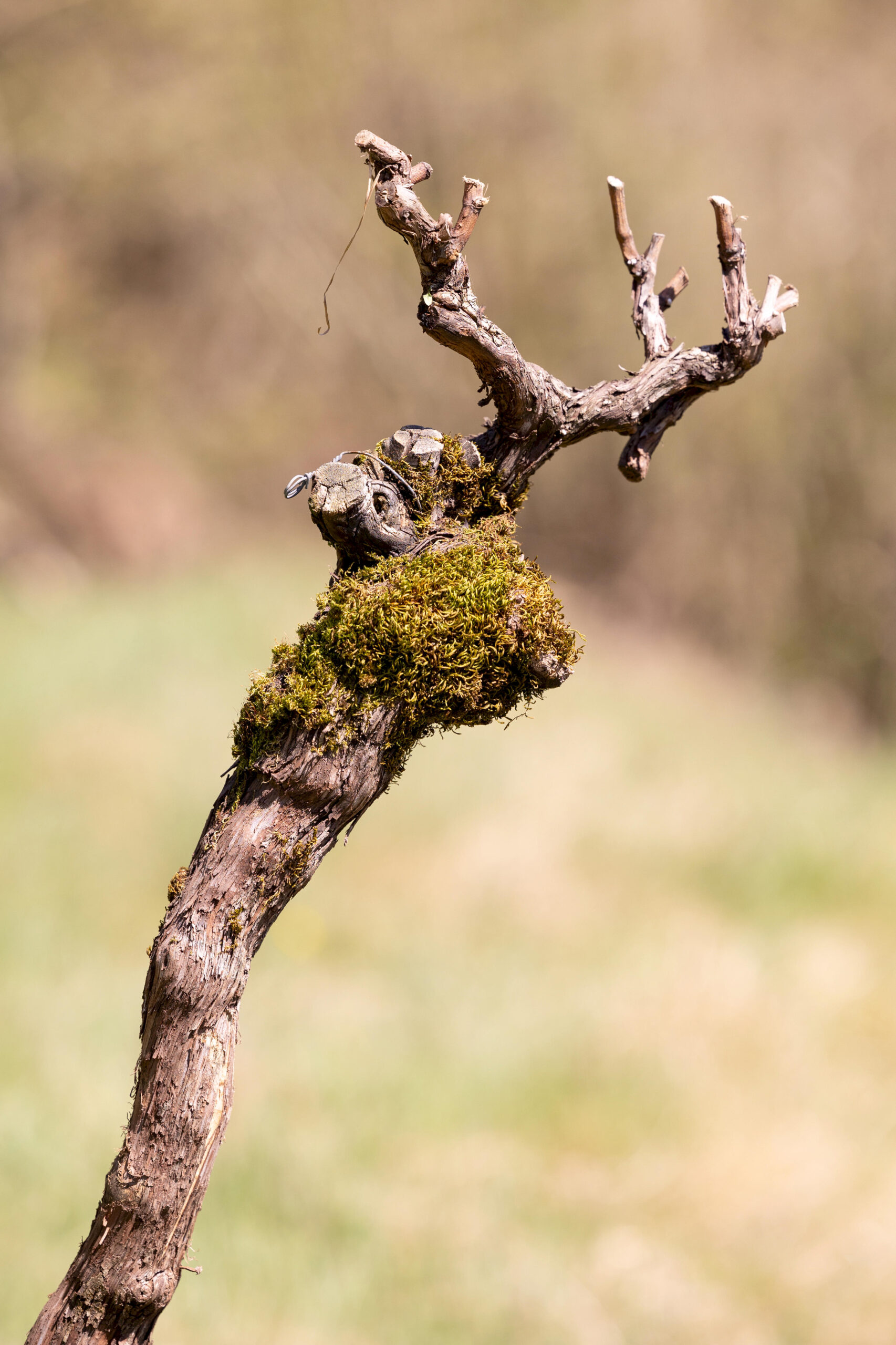
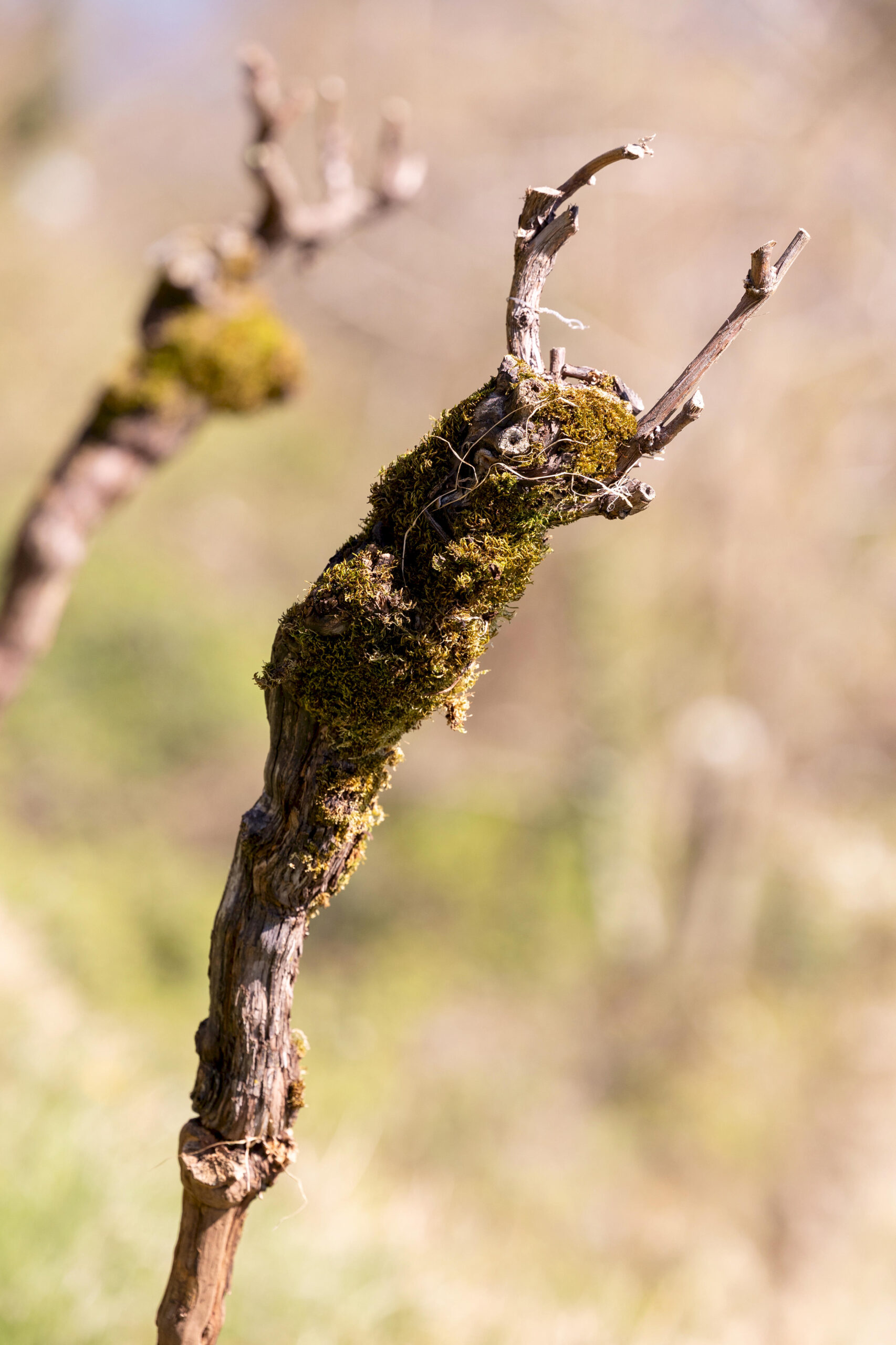
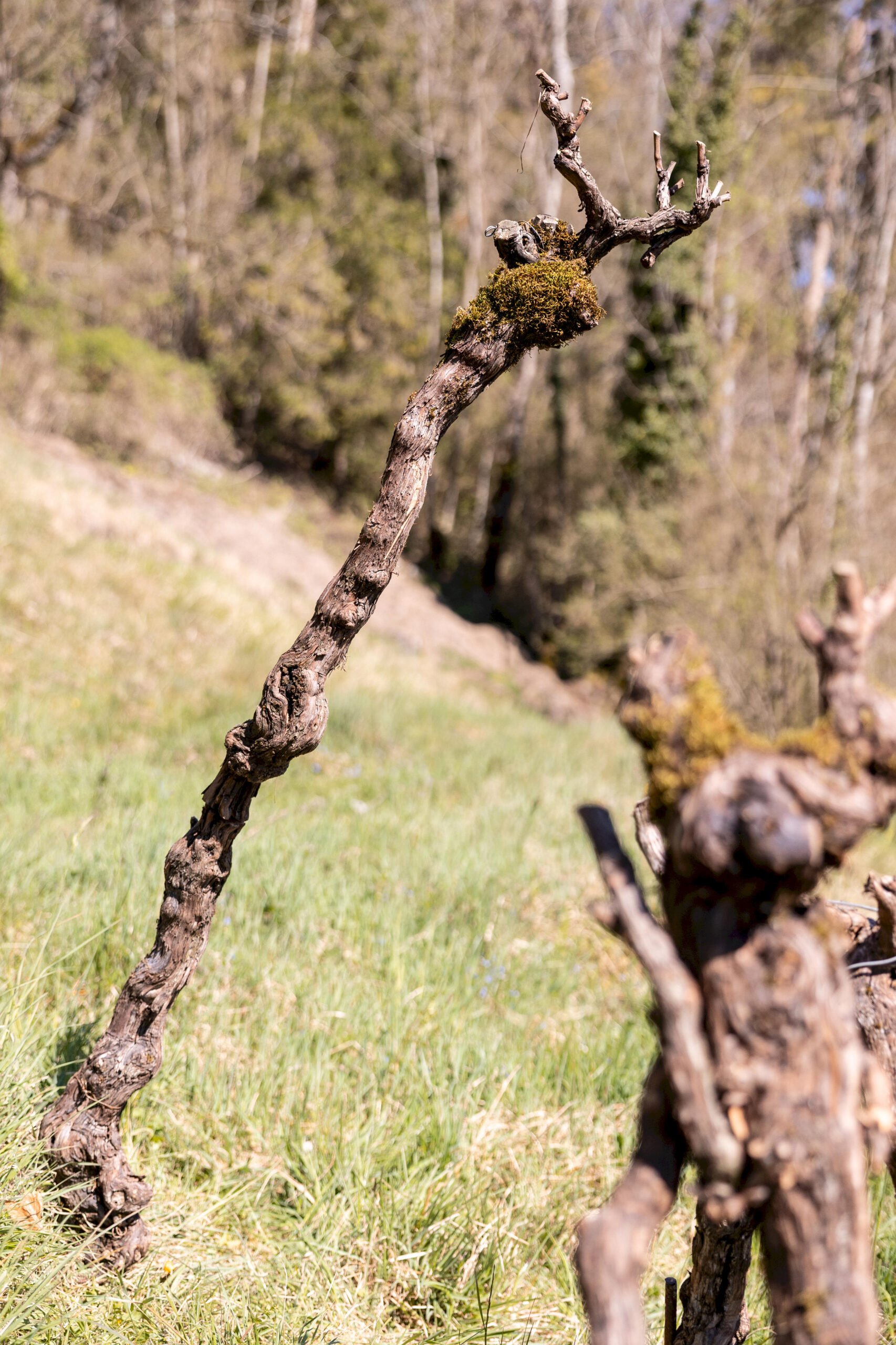
Die ältesten Stelen sind die so genannten Statuenmenhire aus der Jungsteinzeit (2500 – 1500 v. Chr.). Sie sind kaum bearbeitet und stellen Menschen dar. Auch mit den uralten Inschriftsträgern aus Mesopotamien sind unsere Stelen verwandt. In einer allgemeinen verständlichen Sprache erzählen Sie die Geschichte des Weins
.
The oldest stelae are the so-called ‘statue menhirs’ from the late Stone Age (2500 – 1500 BC). They are barely worked and represent people. Our stelae are also related to the ancient inscriptions from Mesopotamia. They tell the story of wine in a language that is generally understood.
